Introduction
Osamu Tezuka, often referred to as the “God of Manga,” is a pivotal figure in the history of Japanese comic books and animation. His influence extends beyond Japan, affecting global pop culture and the development of graphic storytelling. This report explores Tezuka’s life, his contributions to manga and anime, and provides an in-depth look at one of his most celebrated works, “Phoenix” (“Hi no Tori”).
Early Life and Education
Osamu Tezuka was born on November 3, 1928, in Toyonaka, Osaka Prefecture, Japan. Raised in a culturally rich environment, Tezuka was exposed to various forms of entertainment, including early Disney films, which left a significant impression on him. His parents encouraged his artistic talents, and by the time he was a teenager, Tezuka was already drawing his own manga.
Tezuka’s fascination with insects earned him the nickname “Osamushi,” a combination of his first name and the Japanese word for insect, “mushi.” This interest in the natural world would later influence his work, particularly in the detailed and expressive way he depicted characters and creatures.
Academic Pursuits and Early Career
Despite his passion for manga, Tezuka pursued a degree in medicine at Osaka University. His medical studies were interrupted by World War II, during which he experienced the bombings of Osaka. These experiences deepened his understanding of human suffering and the fragility of life, themes that permeate his later works.
Tezuka completed his medical degree, but he never practiced medicine professionally. Instead, he chose to focus on his burgeoning career as a manga artist. His breakthrough came in 1947 with the publication of “New Treasure Island” (“Shin Takarajima”), which revolutionized the manga industry with its cinematic storytelling and dynamic artwork.
The Golden Age of Manga
The success of “New Treasure Island” marked the beginning of Tezuka’s prolific career. In the 1950s and 1960s, he created several iconic series that cemented his reputation as a master storyteller. Among these were “Astro Boy” (“Tetsuwan Atom”), “Black Jack,” and “Kimba the White Lion” (“Jungle Taitei”).
Astro Boy
“Astro Boy” is perhaps Tezuka’s most famous creation. The story follows a robot boy with human emotions and superhuman abilities, exploring themes of humanity, ethics, and the relationship between humans and machines. The series was groundbreaking, both in its narrative depth and its influence on the genre of science fiction.
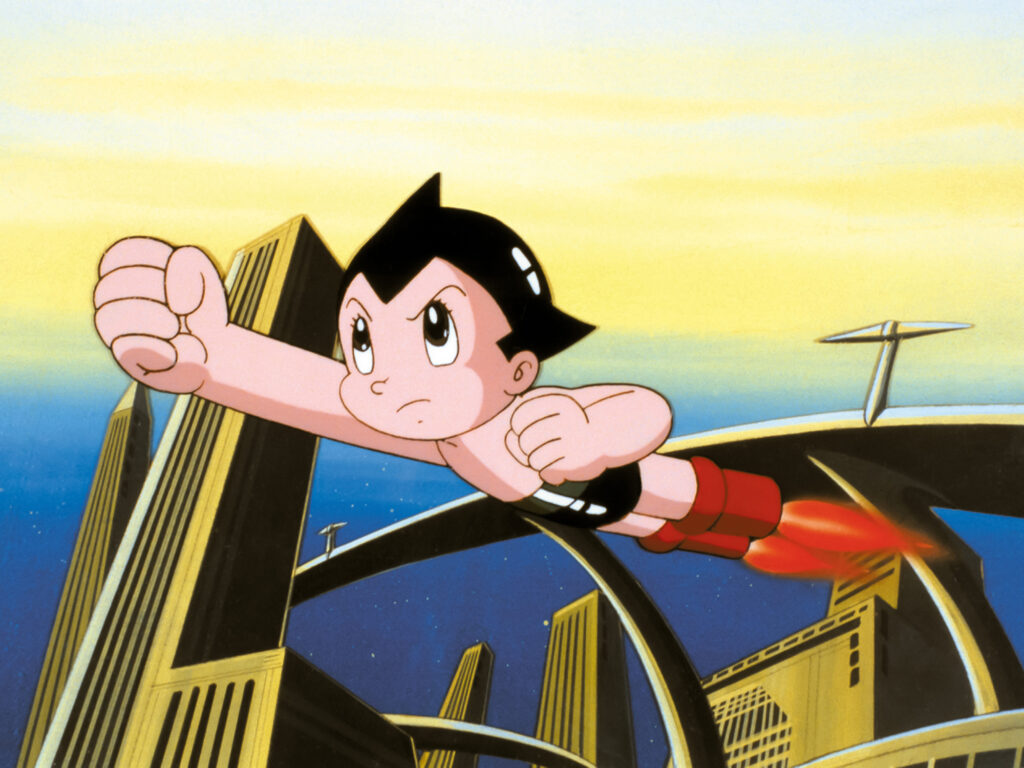
Black Jack
“Black Jack” centers on a mysterious, unlicensed surgeon who performs miraculous operations. The series delves into complex moral and ethical issues, reflecting Tezuka’s medical background. “Black Jack” remains one of Tezuka’s most acclaimed works, known for its mature themes and intricate storytelling.
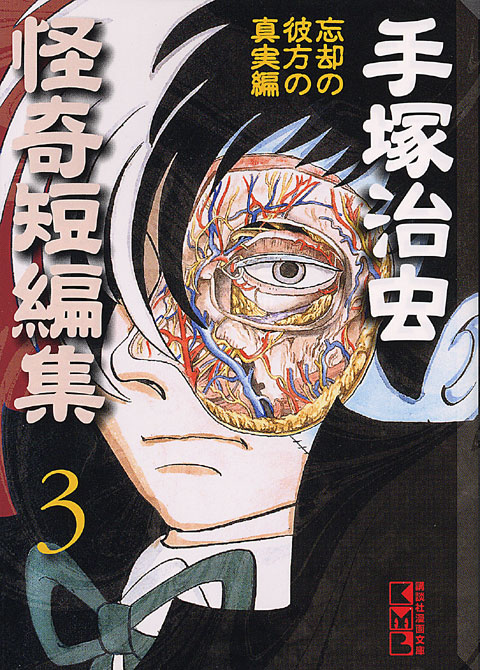
Kimba the White Lion
“Kimba the White Lion” tells the story of a white lion cub who strives to create a peaceful kingdom in the African savanna. The series is notable for its environmental and conservation themes, as well as its influence on later works in both manga and Western animation.
The Creation of Tezuka Productions
In 1968, Tezuka founded Tezuka Productions, his own animation studio. This move allowed him to expand his influence from manga to anime, adapting many of his works for television and film. “Astro Boy” became Japan’s first domestically produced animated television series, pioneering the anime industry.
Tezuka’s approach to animation was revolutionary. He introduced techniques such as limited animation, which reduced production costs and allowed for more fluid storytelling. His work laid the foundation for the modern anime industry, inspiring countless creators and animators.
The Legacy of “Phoenix”
Among Tezuka’s vast body of work, “Phoenix” (“Hi no Tori”) stands out as his magnum opus. Spanning twelve volumes, the series was published intermittently from 1954 until Tezuka’s death in 1989. “Phoenix” is an ambitious, sprawling narrative that explores themes of life, death, and rebirth.
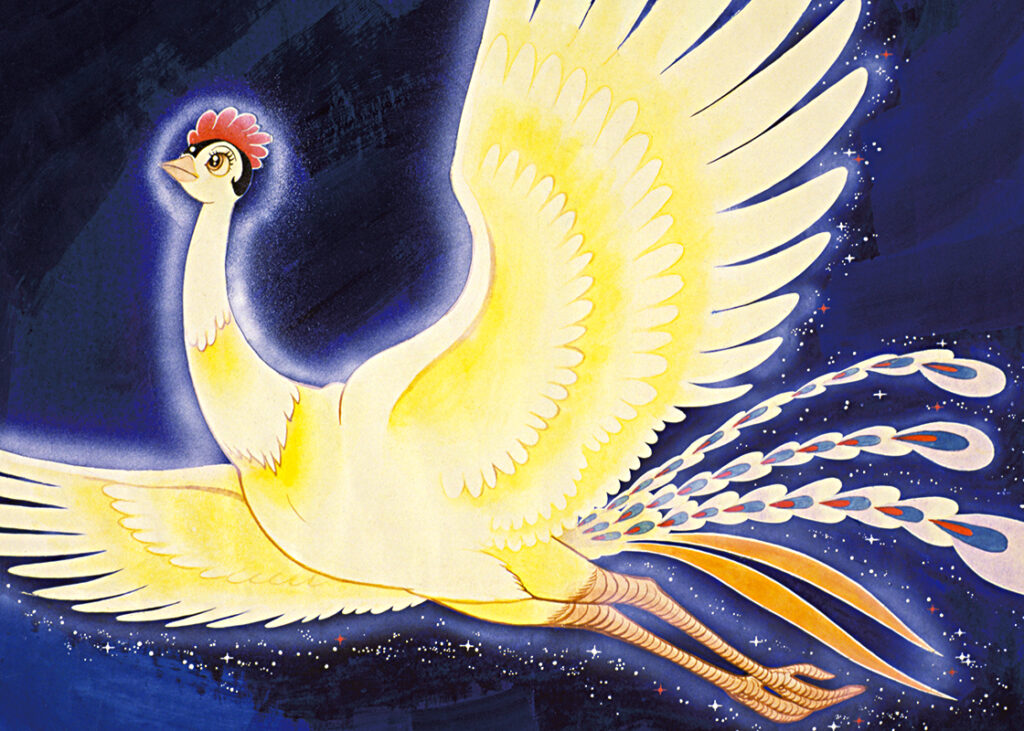
Synopsis of “Phoenix”
“Phoenix” is a series of loosely connected stories, each set in a different era, ranging from ancient times to the distant future. The central motif is the mythical phoenix, a bird that symbolizes immortality and eternal life. Each story revolves around characters seeking the phoenix for its miraculous powers, often facing profound moral and philosophical dilemmas.
Volume 1: Dawn
The first volume, “Dawn,” is set in ancient Japan during the Yamato period. It follows the story of a young boy named Nagi, who becomes entangled in a struggle between humans and the mythical creatures of the forest. Nagi’s quest to find the phoenix intertwines with themes of war, love, and the cycle of life and death.
Volume 2: Future
In stark contrast to “Dawn,” the second volume, “Future,” is set in a dystopian world ravaged by nuclear war. The protagonist, Masato Yamanobe, seeks the phoenix’s blood to save humanity from extinction. This volume explores the destructive consequences of technological advancement and the hope for rebirth through the phoenix’s power.
Volume 3: Yamato
“Yamato” returns to ancient Japan, focusing on the legendary battles of Prince Yamato Takeru. The story interweaves historical events with Tezuka’s imaginative narrative, highlighting the relentless pursuit of power and the redemptive potential of the phoenix.
Volume 4: Space
“Space” takes the reader to a distant future where humanity has colonized other planets. The story follows Romy, a space traveler, as she searches for the phoenix in the cosmos. This volume delves into themes of exploration, the search for meaning, and the interconnectedness of life across the universe.
Themes and Philosophical Underpinnings
“Phoenix” is renowned for its deep philosophical and existential themes. Tezuka uses the phoenix as a metaphor for the eternal cycle of life, death, and rebirth. Each volume, despite its unique setting and characters, reinforces the idea that all life is interconnected and that the quest for immortality is both a physical and spiritual journey.
Tezuka’s exploration of these themes reflects his own contemplations on mortality and the human condition. The series challenges readers to consider the value of life, the consequences of their actions, and the possibility of transcendence.
Tezuka’s Impact on Global Culture
Osamu Tezuka’s influence extends far beyond the borders of Japan. His works have been translated into numerous languages, reaching a global audience and inspiring countless artists and creators. Tezuka’s storytelling techniques, character designs, and thematic depth have left an indelible mark on the world of comics and animation.
Influence on Western Animation
Tezuka’s admiration for Disney’s work came full circle when his own creations began to influence Western animation. Series like “Astro Boy” and “Kimba the White Lion” introduced Western audiences to the unique storytelling and artistic style of Japanese anime. Many contemporary animators and filmmakers cite Tezuka as a significant influence on their work.
Legacy in Manga and Anime
Within Japan, Tezuka’s legacy is omnipresent. He is often credited with elevating manga to a respected art form and laying the groundwork for the modern anime industry. Many of today’s leading manga artists and animators consider Tezuka a mentor, either directly or through his extensive body of work.
Conclusion
Osamu Tezuka’s life and career are a testament to the transformative power of storytelling. His pioneering contributions to manga and anime have shaped the course of Japanese pop culture and left a lasting impact on the global entertainment industry. “Phoenix,” with its profound exploration of life and immortality, epitomizes Tezuka’s genius and continues to inspire readers around the world.
Tezuka’s ability to blend compelling narratives with deep philosophical insights ensures that his works remain timeless. As new generations discover his stories, the legacy of Osamu Tezuka, the “God of Manga,” continues to burn brightly, much like the mythical phoenix at the heart of his most ambitious work.



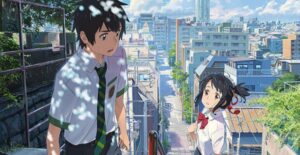


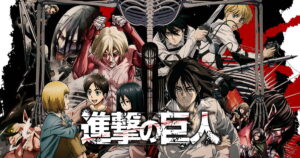

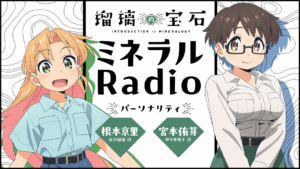
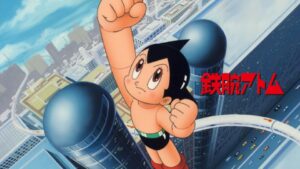

コメント
コメント一覧 (1件)
# Harvard University: A Legacy of Excellence and Innovation
## A Brief History of Harvard University
Founded in 1636, **Harvard University** is the oldest and one of the most prestigious higher education institutions in the United States.
Located in Cambridge, Massachusetts, Harvard has built a global reputation for academic excellence,
groundbreaking research, and influential alumni. From its humble beginnings as a small college
established to educate clergy, it has evolved into a world-leading university
that shapes the future across various disciplines.
## Harvard’s Impact on Education and Research
Harvard is synonymous with **innovation and intellectual leadership**.
The university boasts:
– **12 degree-granting schools**, including the renowned **Harvard Business School**, **Harvard
Law School**, and **Harvard Medical School**.
– **A faculty of world-class scholars**, many of whom are Nobel laureates, Pulitzer Prize winners,
and pioneers in their fields.
– **Cutting-edge research**, with Harvard leading initiatives in artificial intelligence, public health,
climate change, and more.
Harvard’s contribution to research is immense, with billions of dollars allocated
to scientific discoveries and technological advancements each year.
## Notable Alumni: The Leaders of Today and Tomorrow
Harvard has produced some of the **most influential figures** in history, spanning politics, business, entertainment,
and science. Among them are:
– **Barack Obama & John F. Kennedy** – Former U.S. Presidents
– **Mark Zuckerberg & Bill Gates** – Tech visionaries (though Gates did not graduate)
– **Natalie Portman & Matt Damon** – Hollywood icons
– **Malala Yousafzai** – Nobel Prize-winning activist
The university continues to cultivate future leaders who shape industries and drive global progress.
## Harvard’s Stunning Campus and Iconic Library
Harvard’s campus is a blend of **historical charm and modern innovation**.
With over **200 buildings**, it features:
– The **Harvard Yard**, home to the iconic **John Harvard Statue** (and
the famous “three lies” legend).
– The **Widener Library**, one of the largest university libraries in the world, housing **over 20 million volumes**.
– State-of-the-art research centers, museums, and performing
arts venues.
## Harvard Traditions and Student Life
Harvard offers a **rich student experience**, blending academics with vibrant traditions, including:
– **Housing system:** Students live in one of 12 residential
houses, fostering a strong sense of community.
– **Annual Primal Scream:** A unique tradition where students de-stress by running through Harvard Yard before finals!
– **The Harvard-Yale Game:** A historic football rivalry that unites
alumni and students.
With over **450 student organizations**, Harvard students engage in a diverse
range of extracurricular activities, from entrepreneurship to performing arts.
## Harvard’s Global Influence
Beyond academics, Harvard drives change in **global
policy, economics, and technology**. The university’s research
impacts healthcare, sustainability, and artificial intelligence, with
partnerships across industries worldwide. **Harvard’s endowment**, the largest of any university, allows it to fund scholarships, research, and public initiatives,
ensuring a legacy of impact for generations.
## Conclusion
Harvard University is more than just a school—it’s
a **symbol of excellence, innovation, and leadership**.
Its **centuries-old traditions, groundbreaking discoveries,
and transformative education** make it one of the most influential institutions in the
world. Whether through its distinguished alumni, pioneering research, or vibrant student life,
Harvard continues to shape the future in profound ways.
Would you like to join the ranks of Harvard’s legendary scholars?
The journey starts with a dream—and an application!
https://www.harvard.edu/